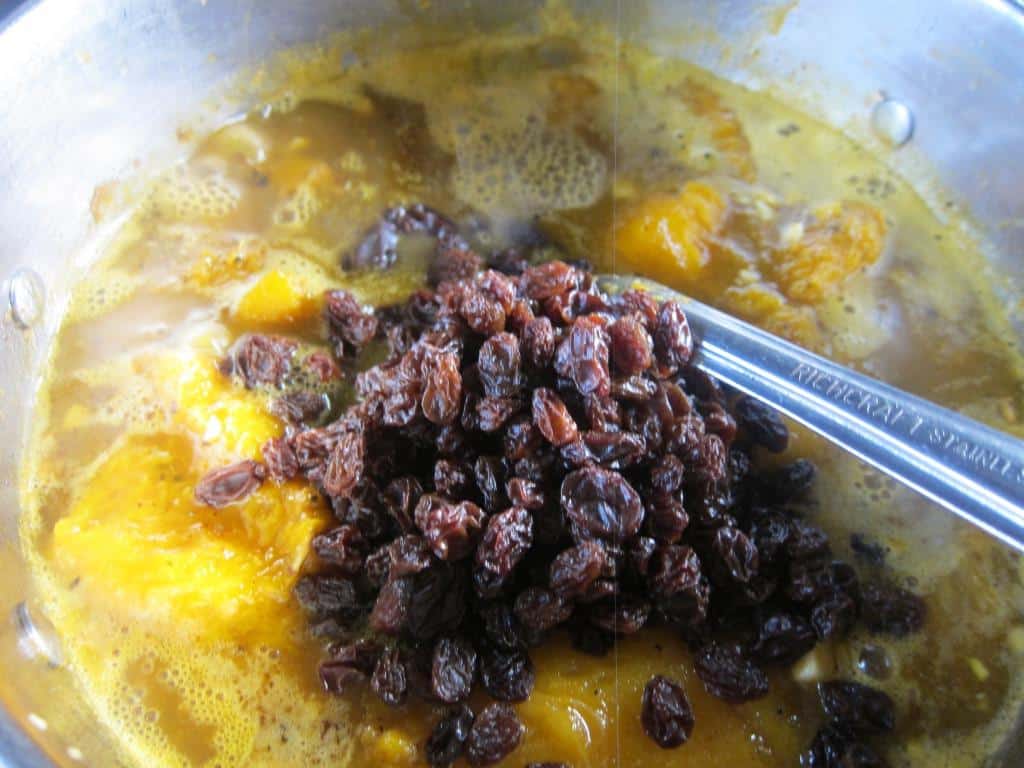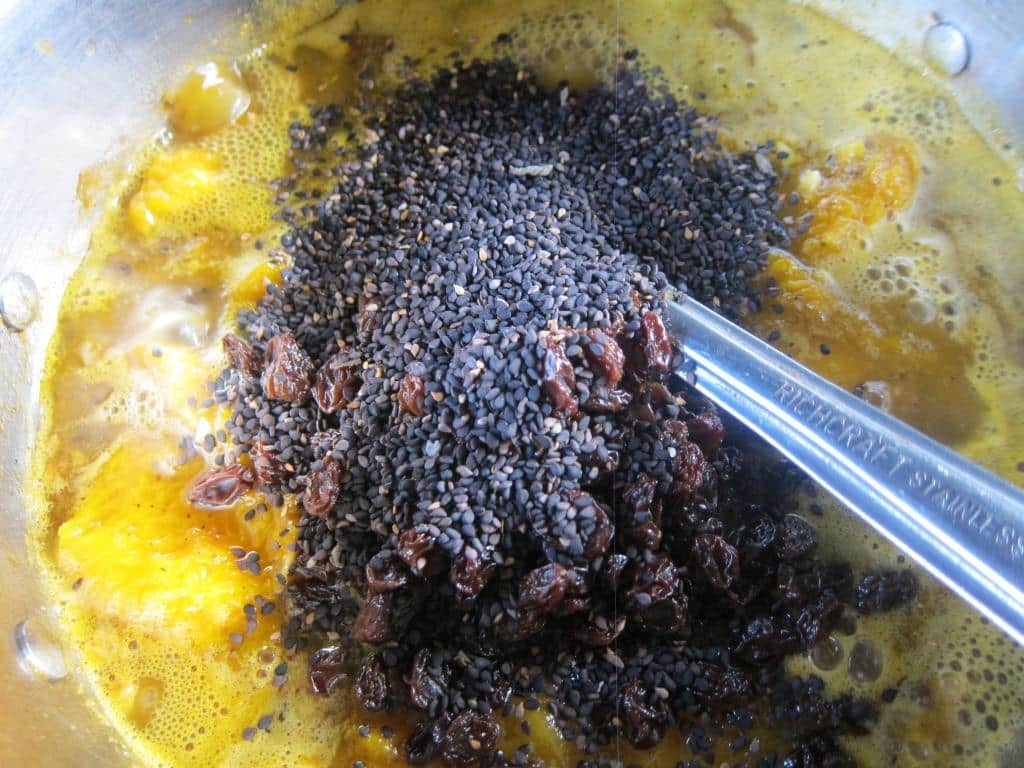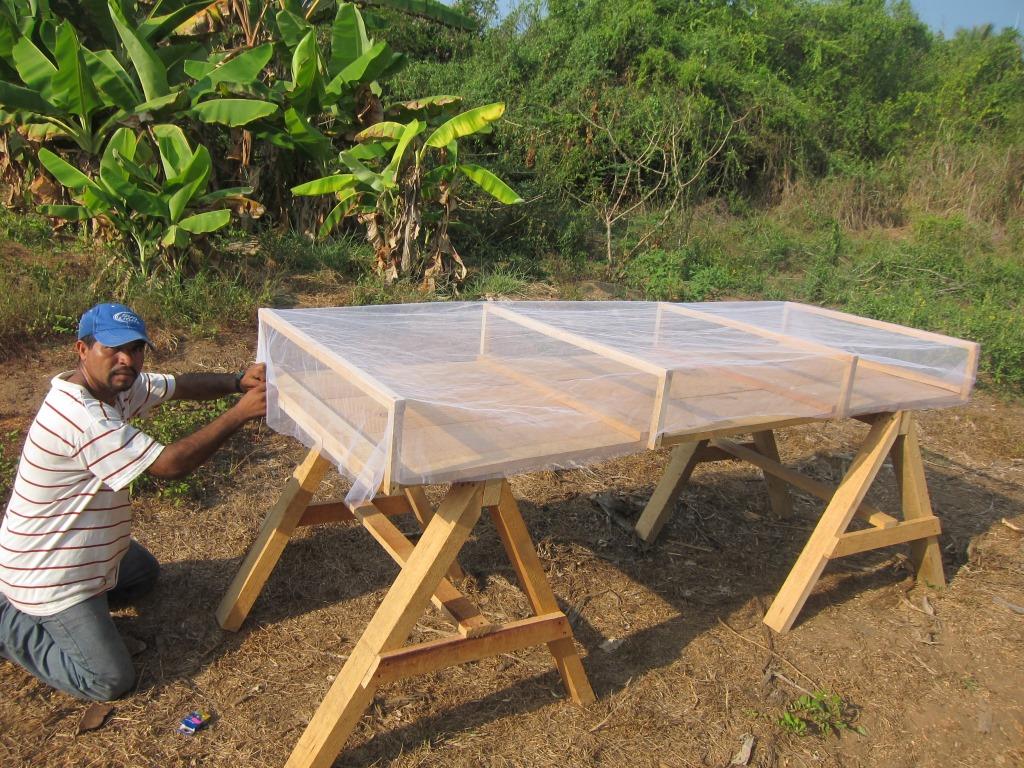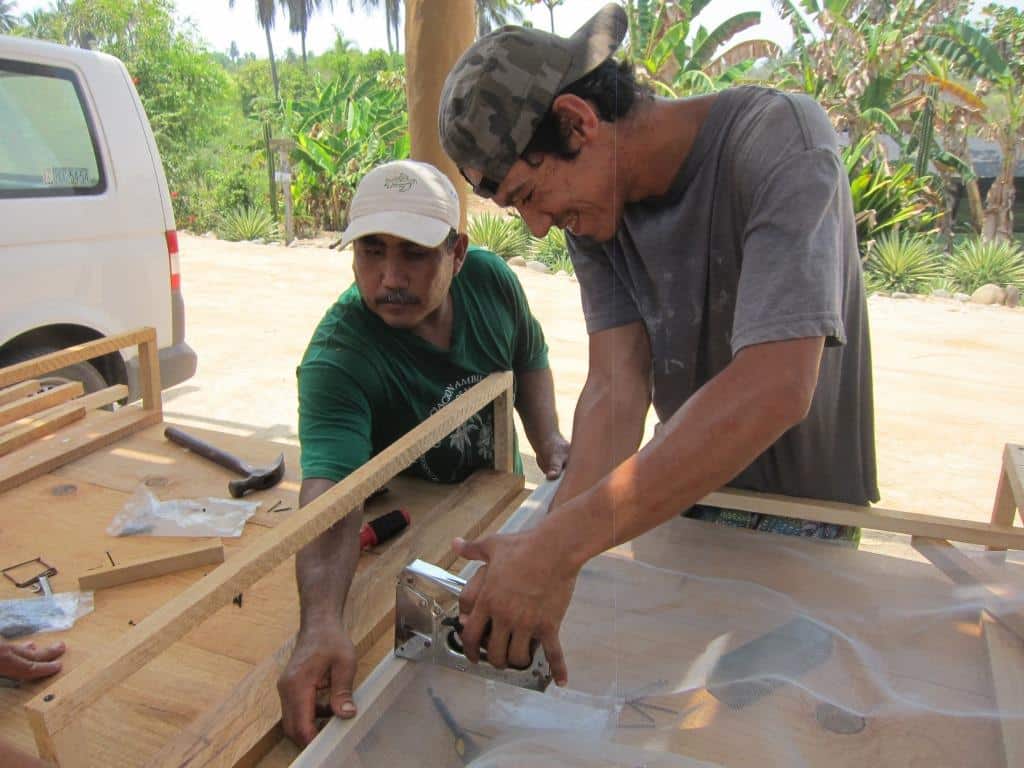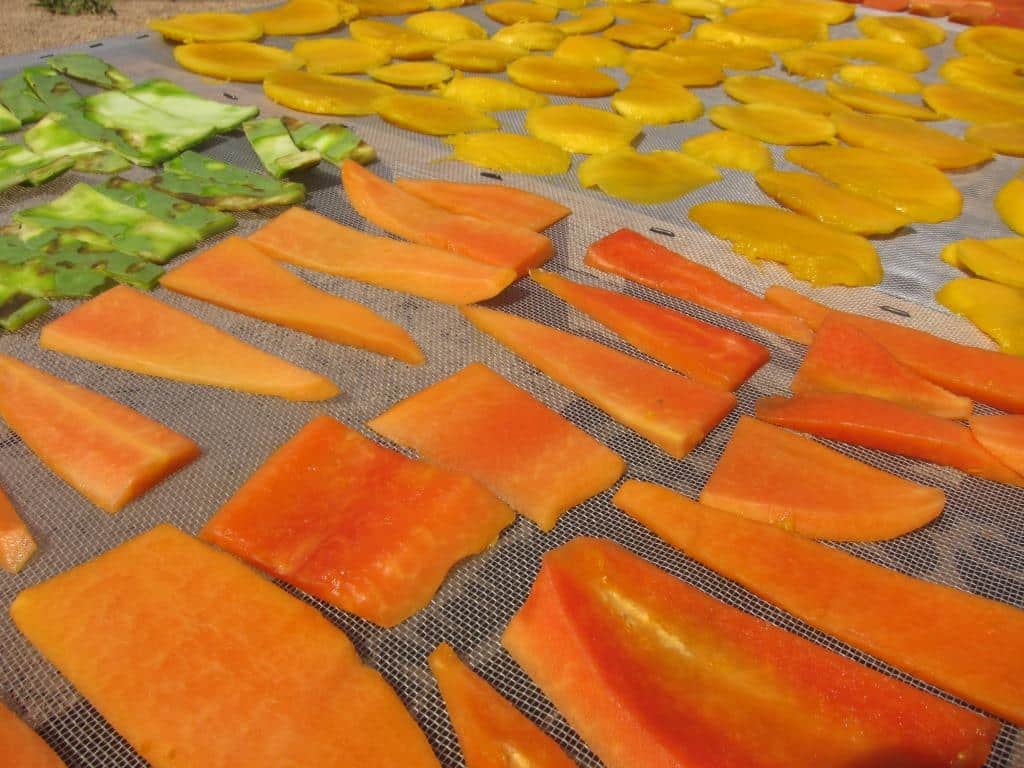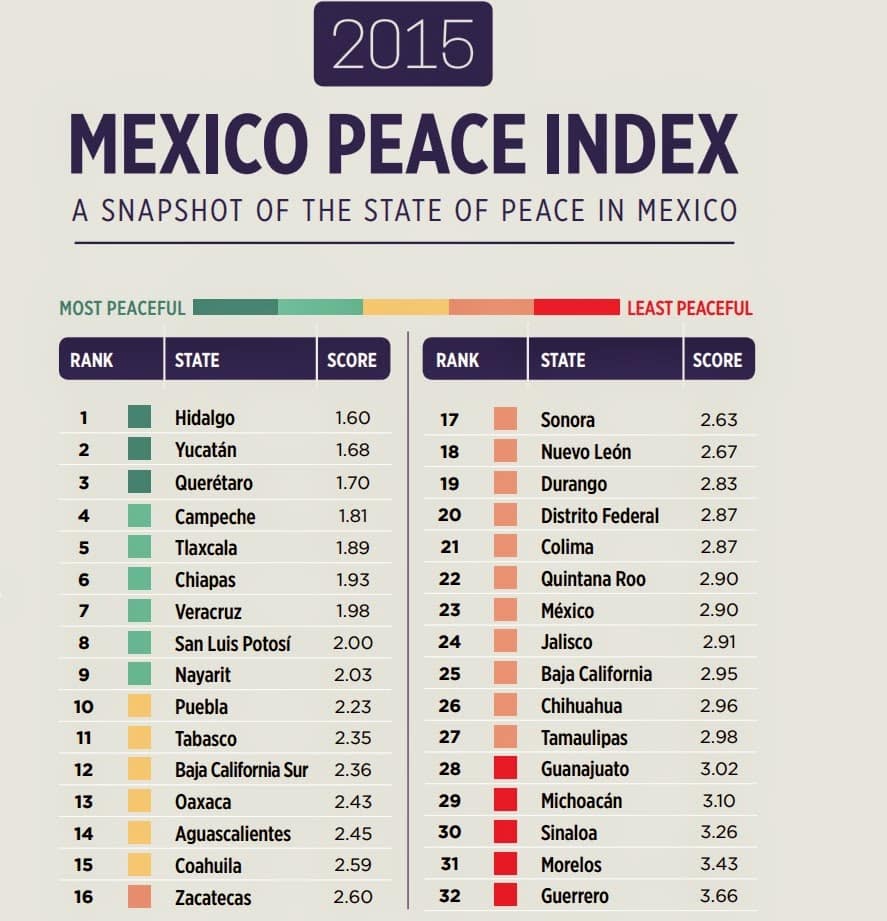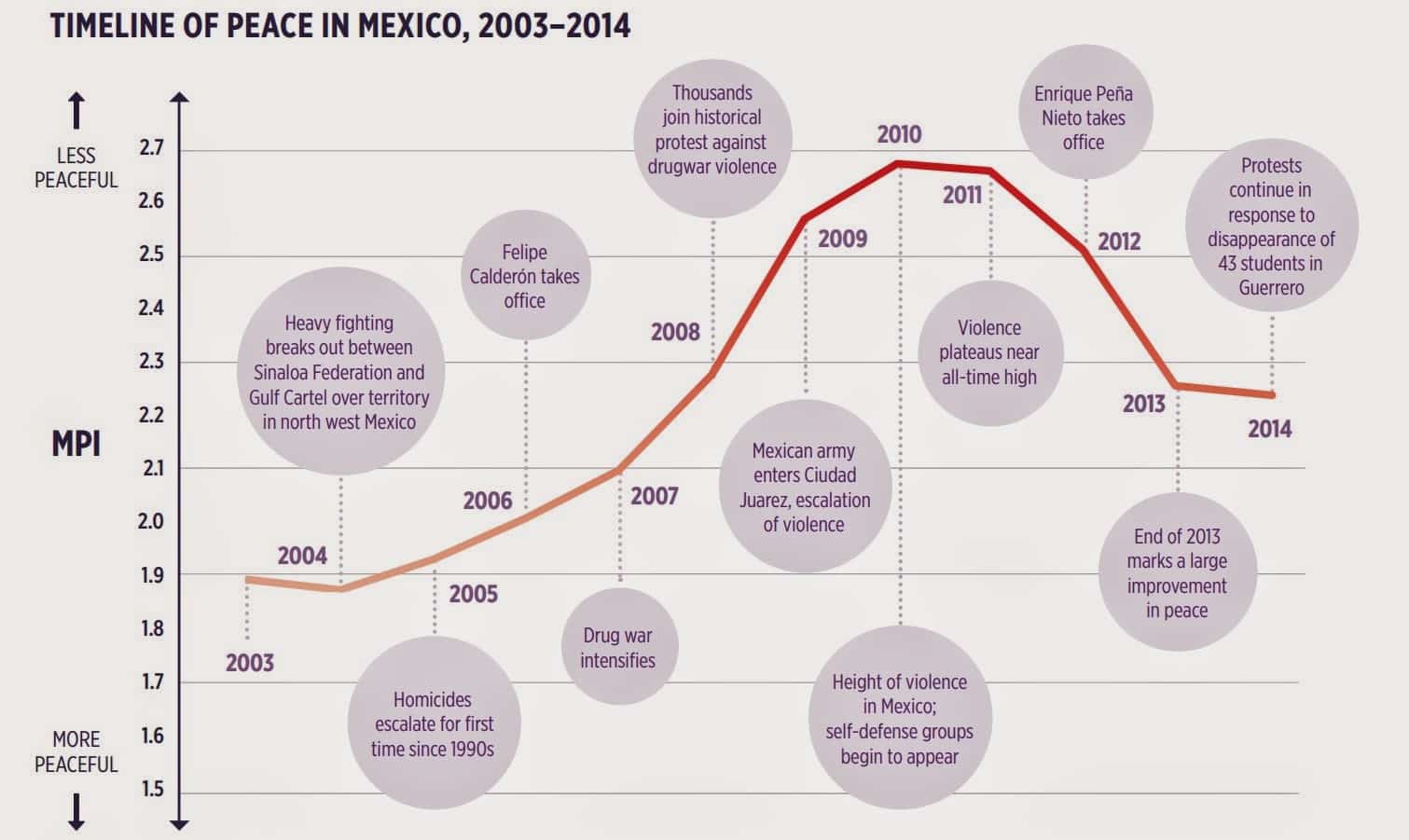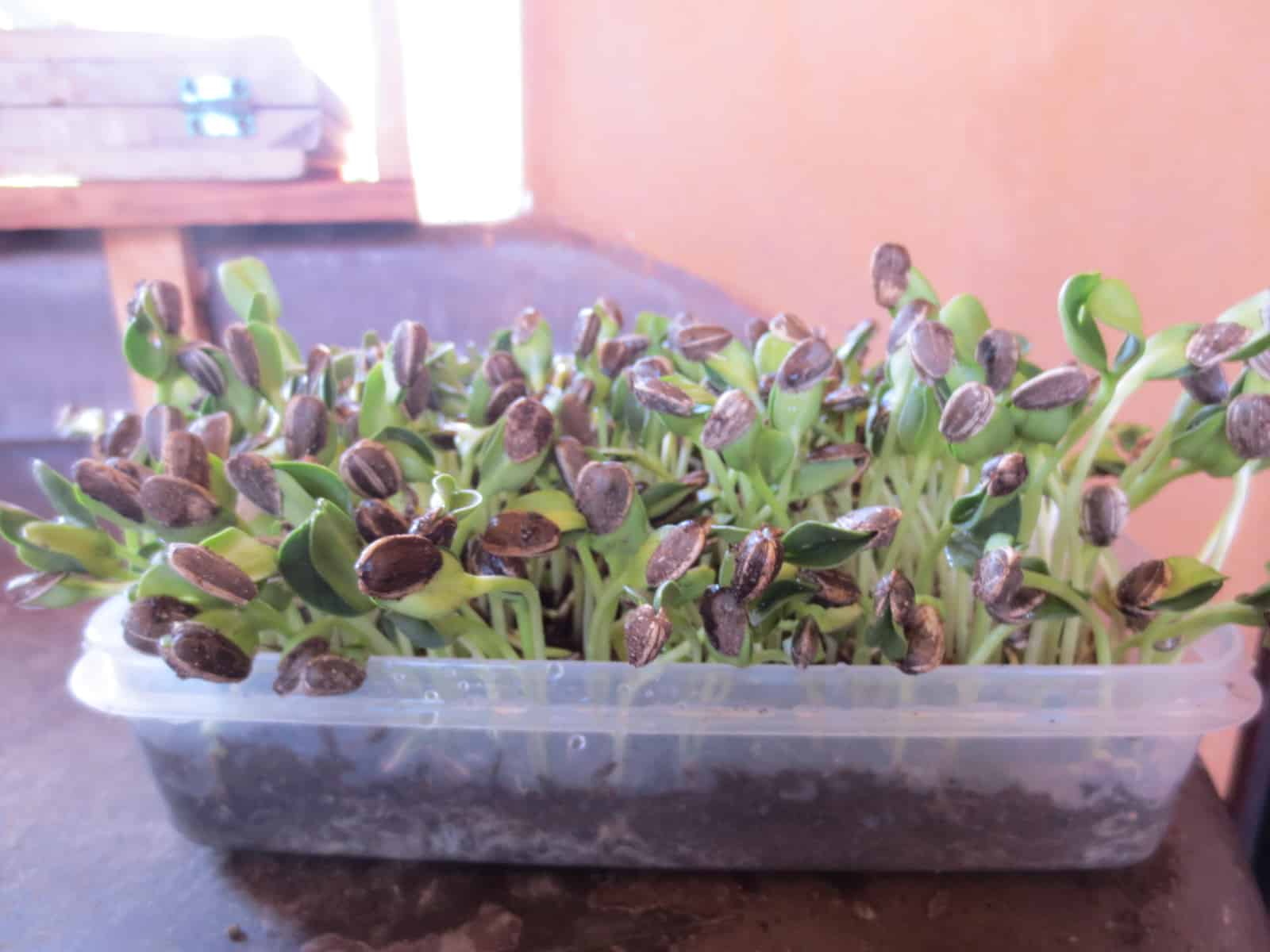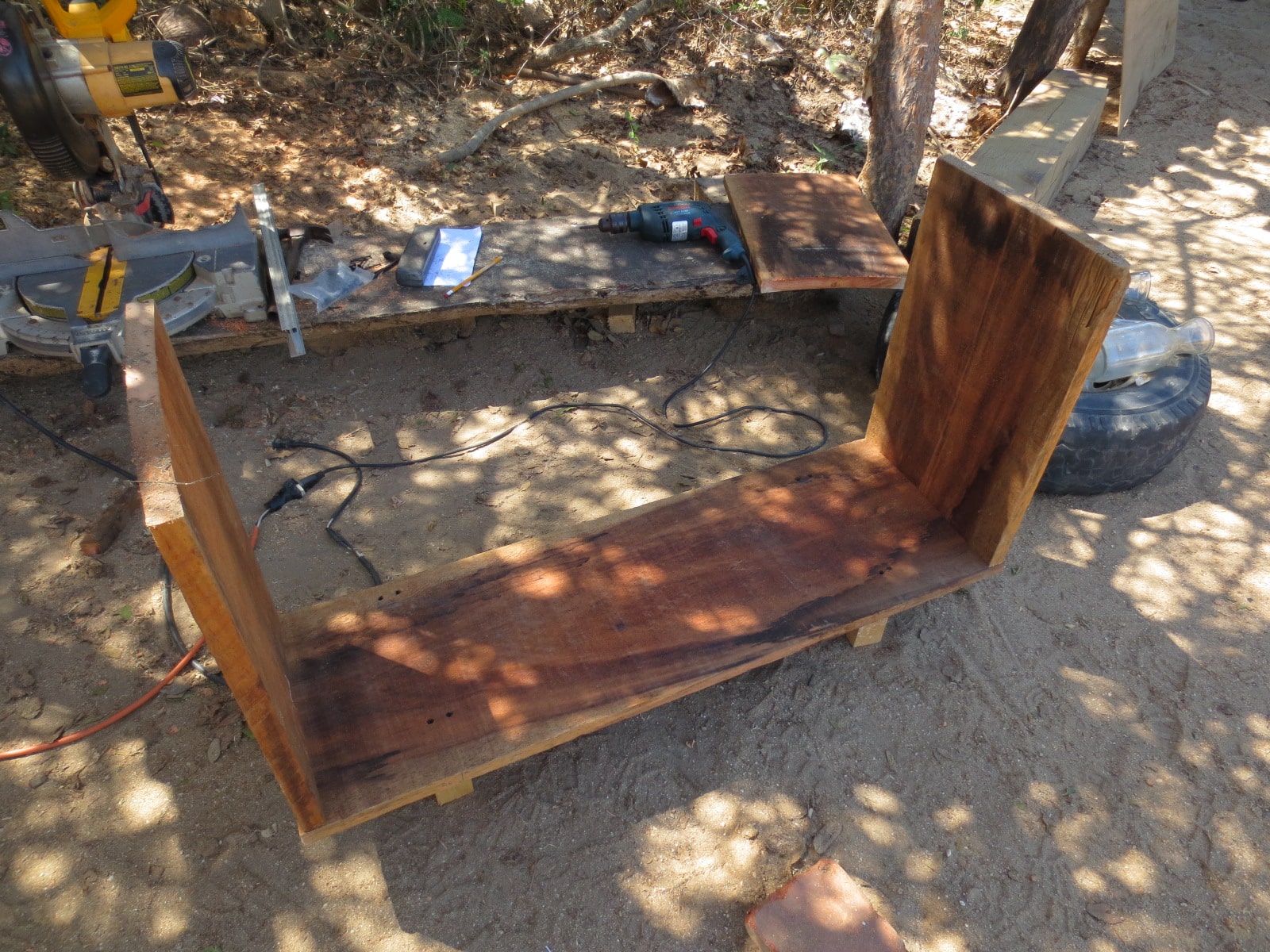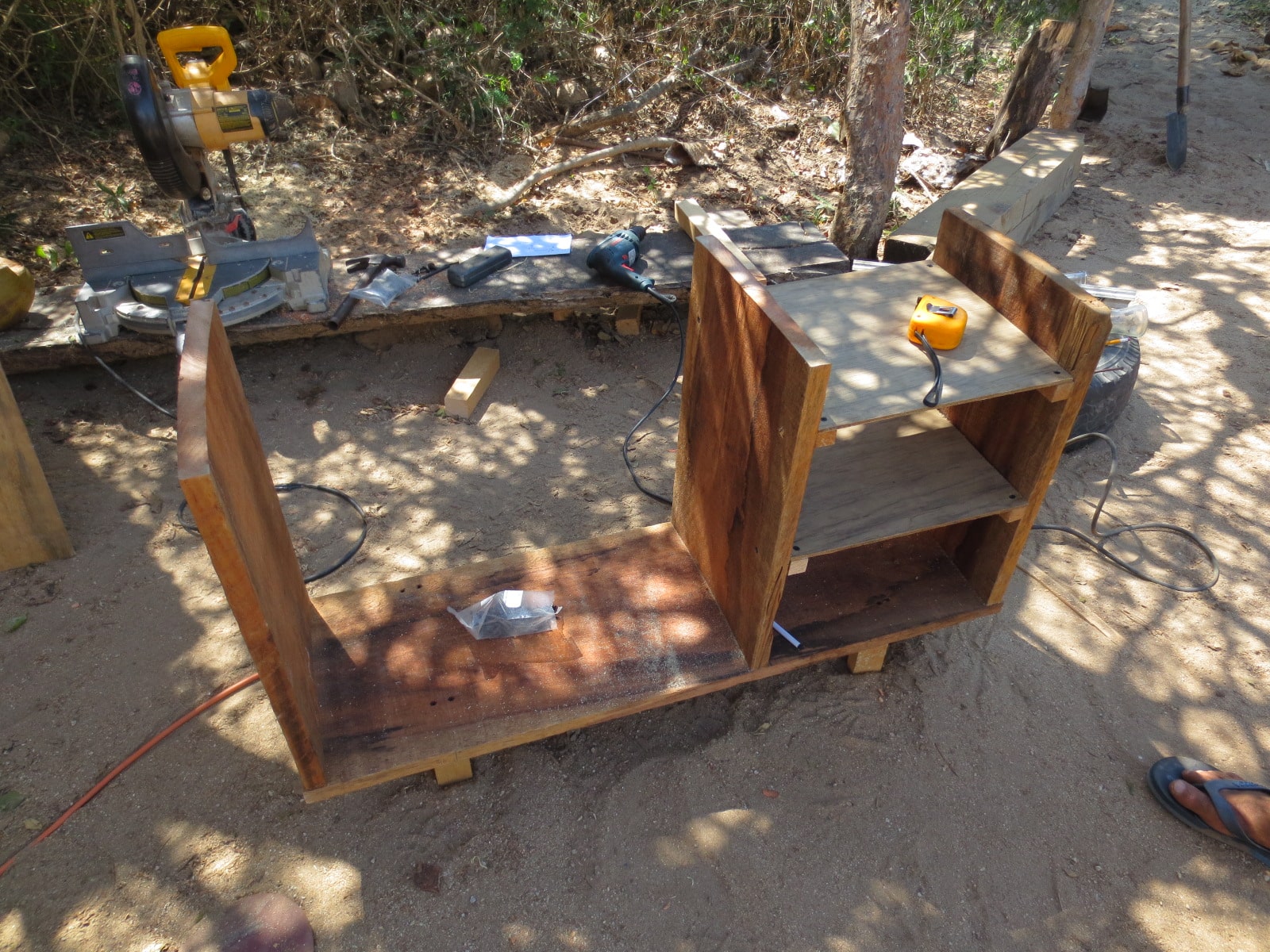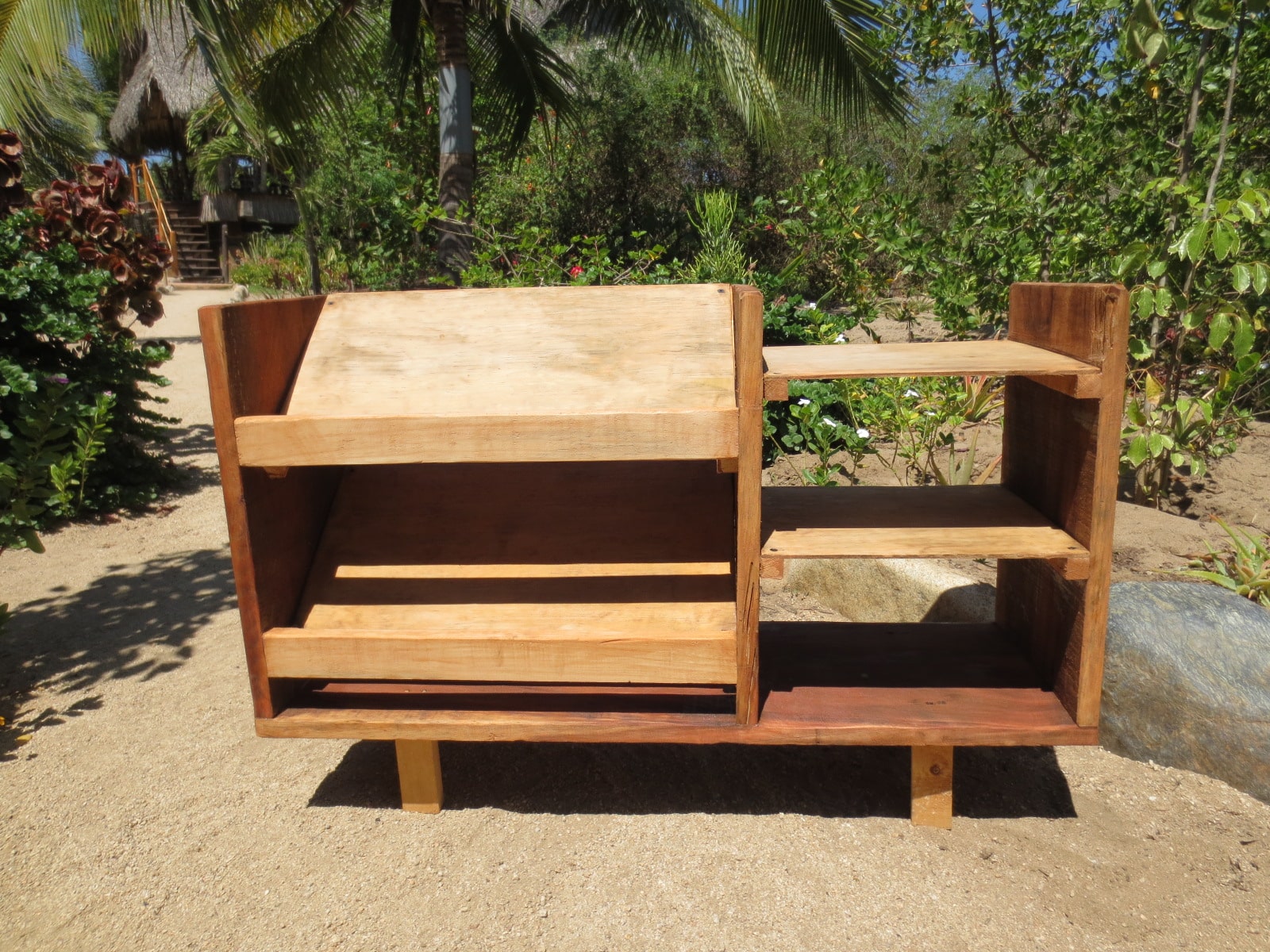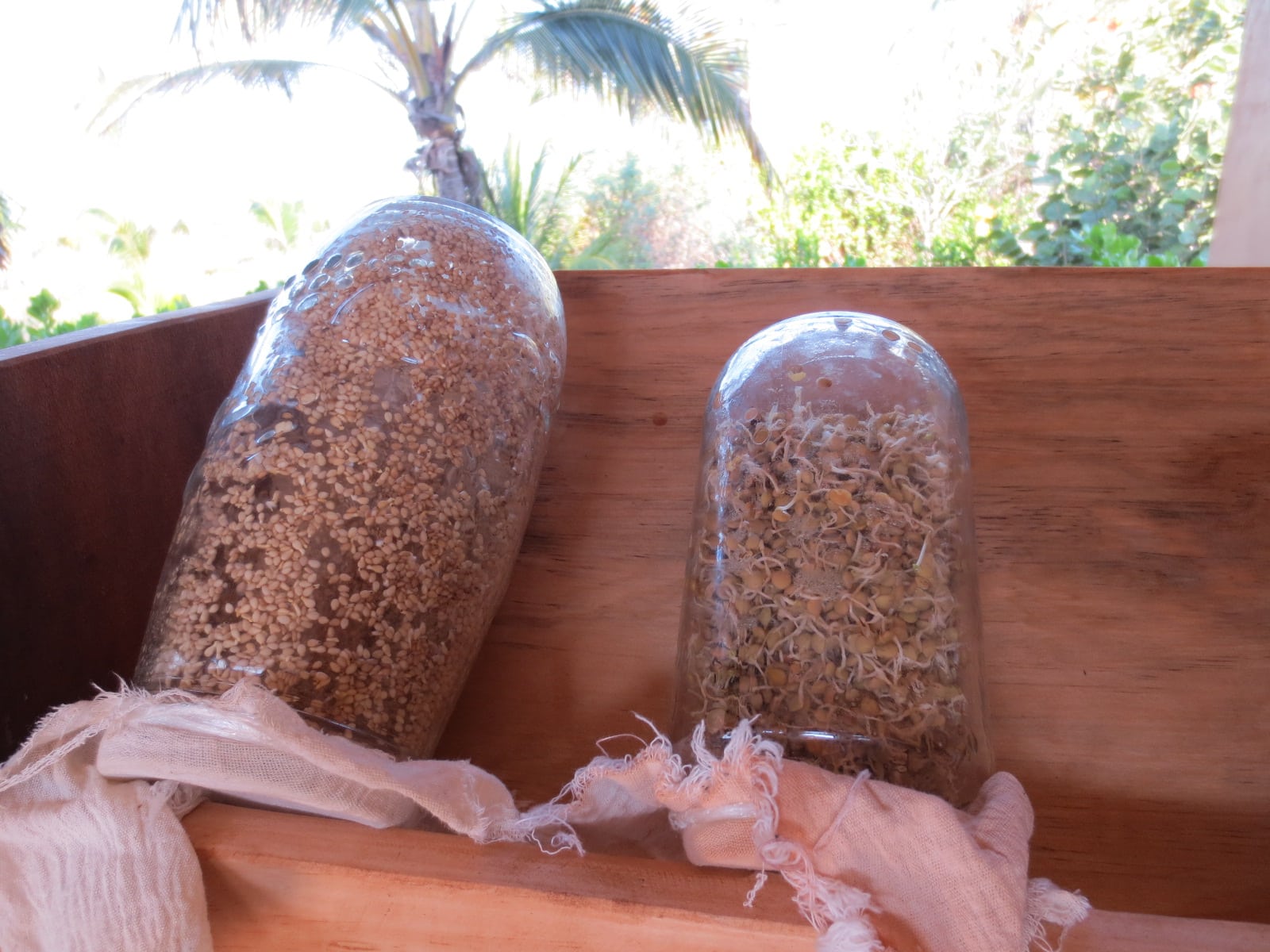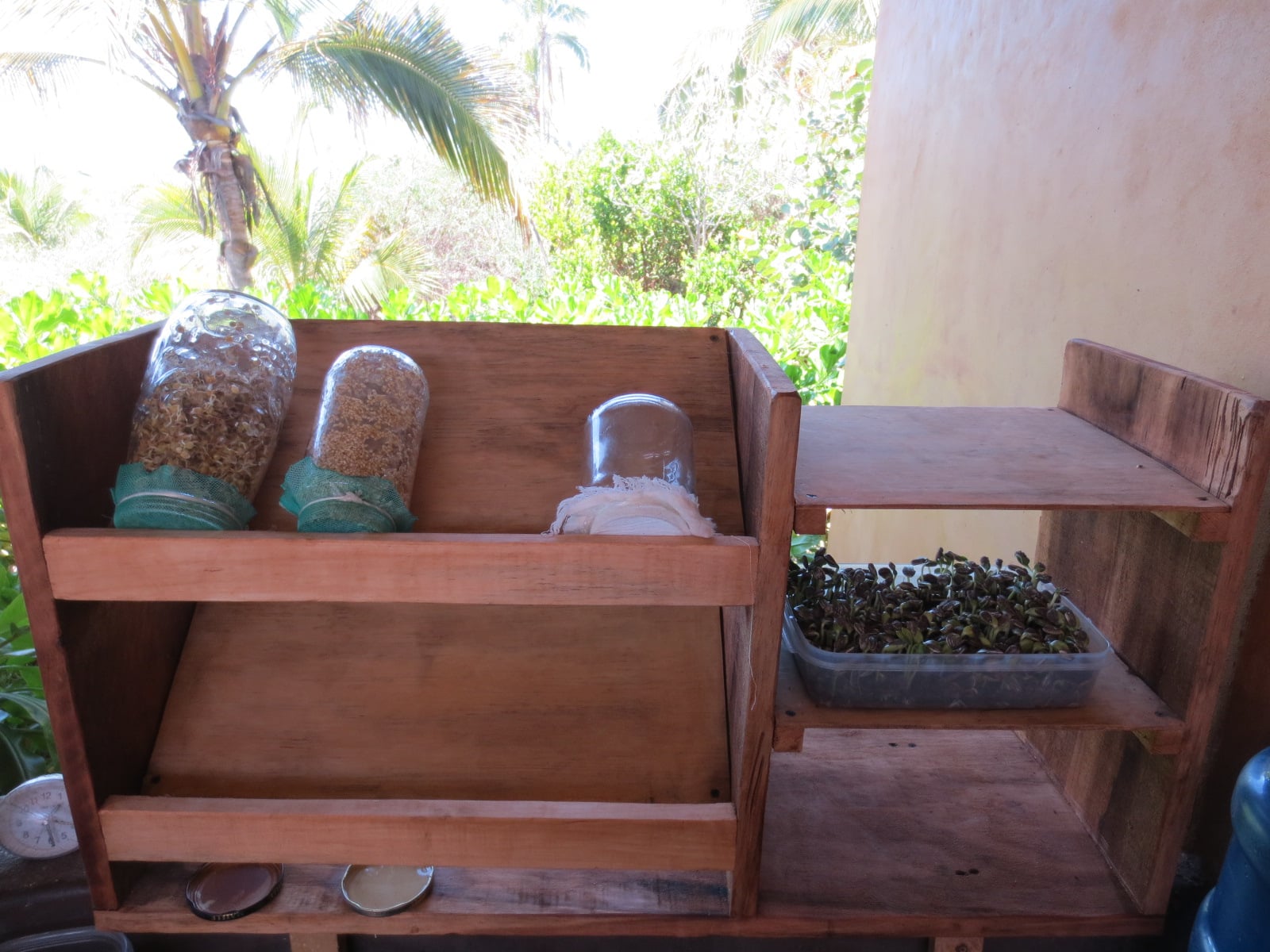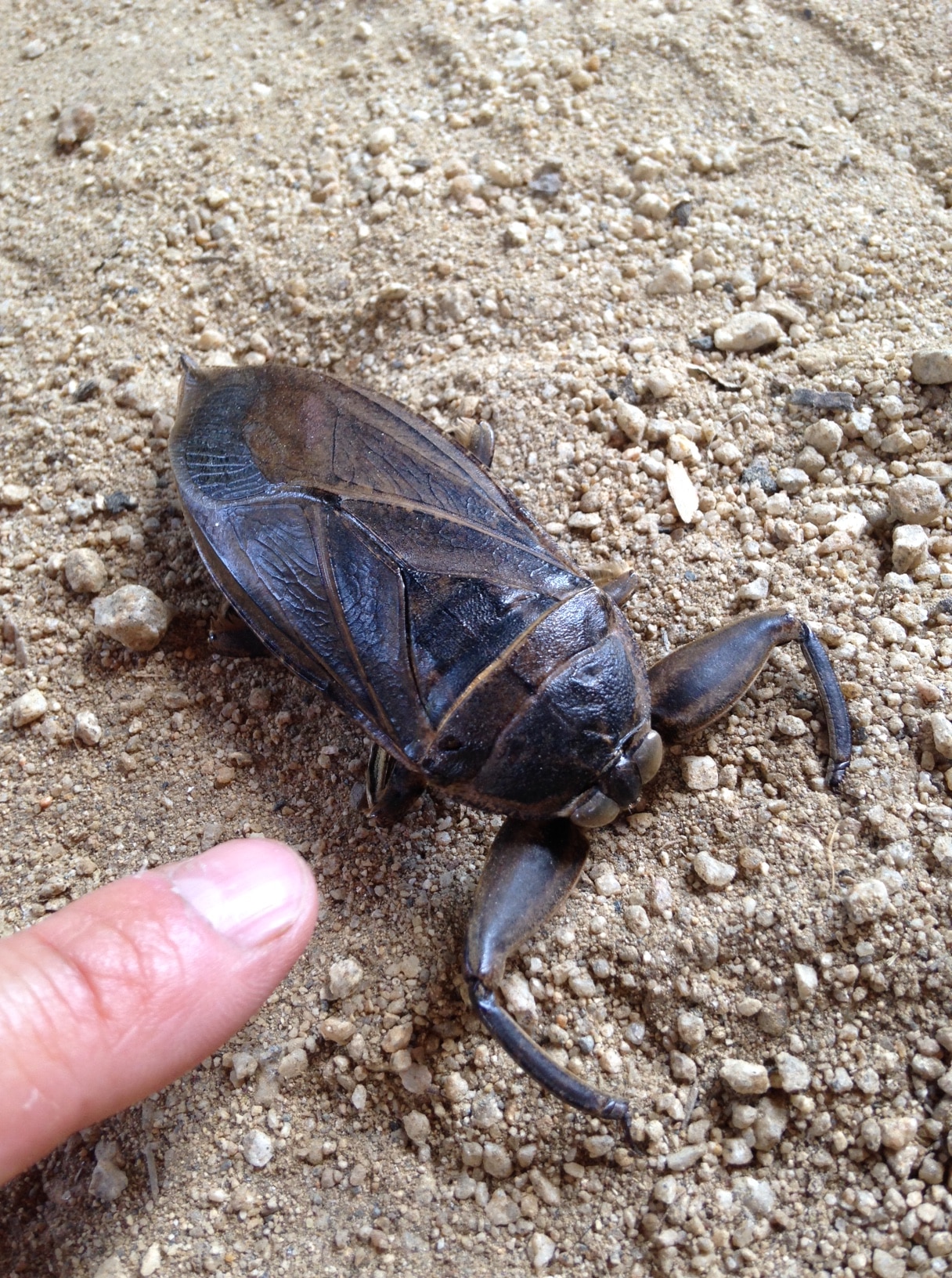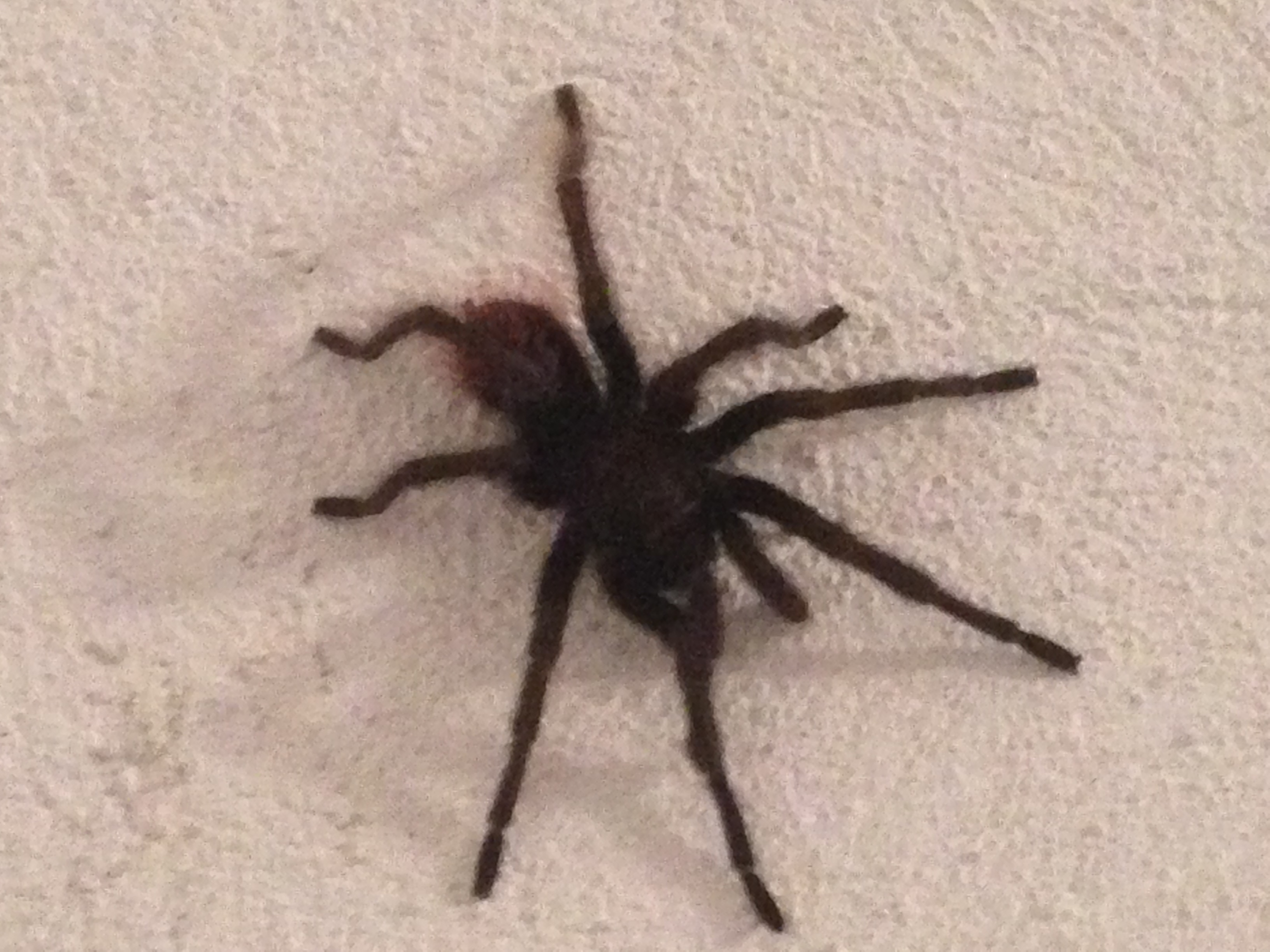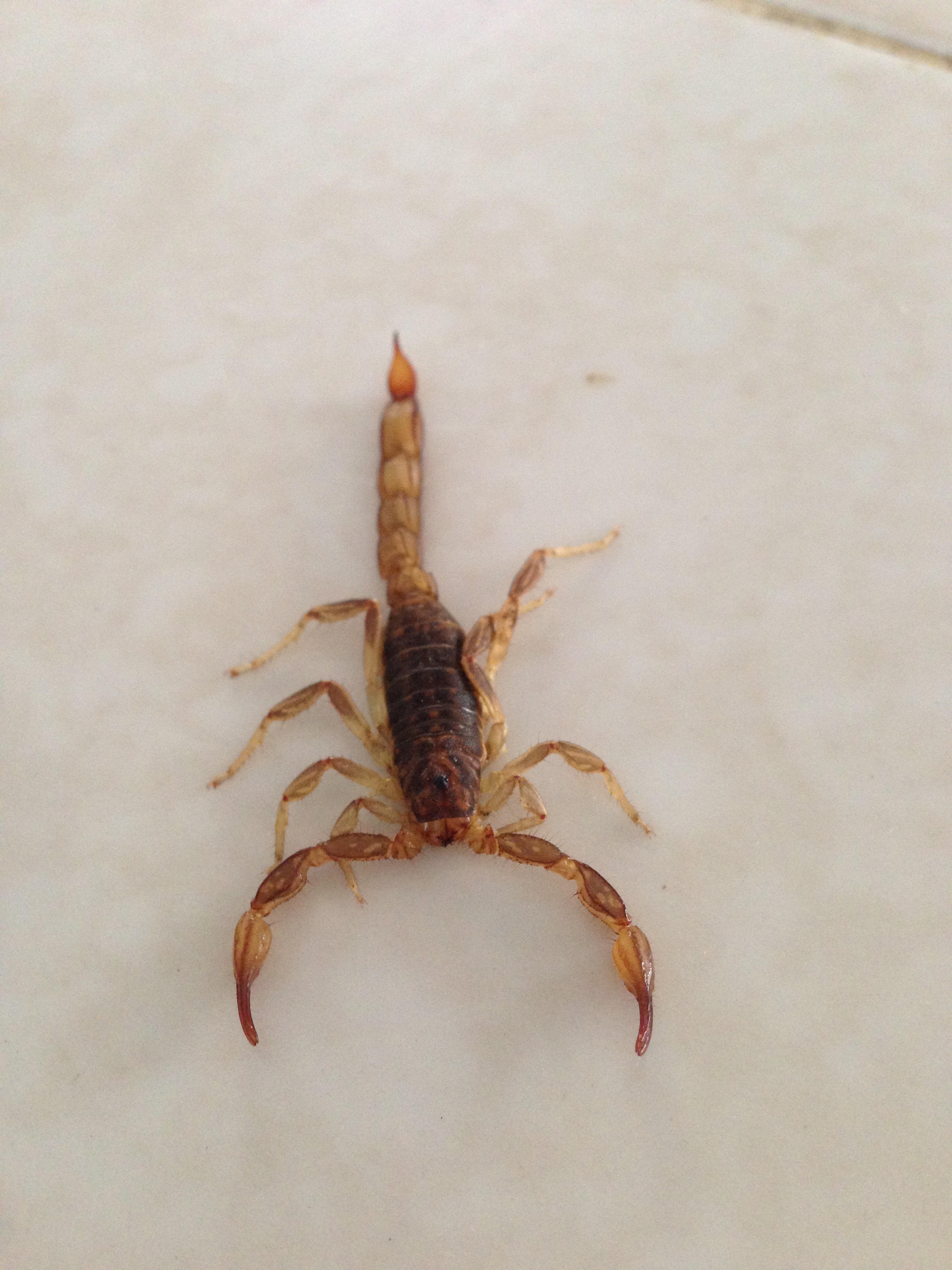Volunteers are an enormous source of support for the Playa Viva team. Our volunteers come from all over the world and support our work in multiple aspects and bring a multitude of experience. We have volunteers supporting our farm and food production teams, our permaculture team, our kitchen staff, our turtle sanctuary, as well as teaching English in Juluchuca. Volunteers stay on average one to three months and have the option of utilizing any personal skills they might bring by taking on a personal project.
We are incredibly grateful for all of their hard work, so we wanted to share with you our current team of wonderful volunteers. Thank you all for your support!
Dani Schugg, USA
Service: Oct 15-Dec 15

Where are you from and what were you doing before you arrived?
I’m originally from southern California, but lived in Madrid, Spain for the past year teaching English at a primary school.
How did you find out about Playa Viva?
I found out about volunteering at Playa Viva through a family friend who knows David, the owner.
Why did you decide to volunteer?
I was looking for another opportunity to teach English, in Latin America this time, and Playa Viva seemed like a great fit! I was also very intrigued by Playa Viva’s core values as a sustainable hotel and wanted to see what all the rage was about. Also, have you seen the pictures?? They alone will convince you to come to Playa Viva.
What are you working on at Playa Viva?
I have a pretty mixed schedule. I teach English at the local primary school (grades 1-6) twice a week and at the high school twice a week. Then, I work in the kitchen the remaining shifts with the best chefs in Mexico!
What has been the highlight of your experience so far?
In my two months, Juluchuca has become a home away from home. From getting tacos at Lupe’s to chasing the piggies with my camera every chance I get, it’s hard to pick just one highlight. I will miss hovering over Inés, Olga and Abraham watching them work their magic in the kitchen, and I’ll for sure miss my celebrity status amongst the kiddos.
Andy Ollove, USA
Service: Nov 1-Dec 15
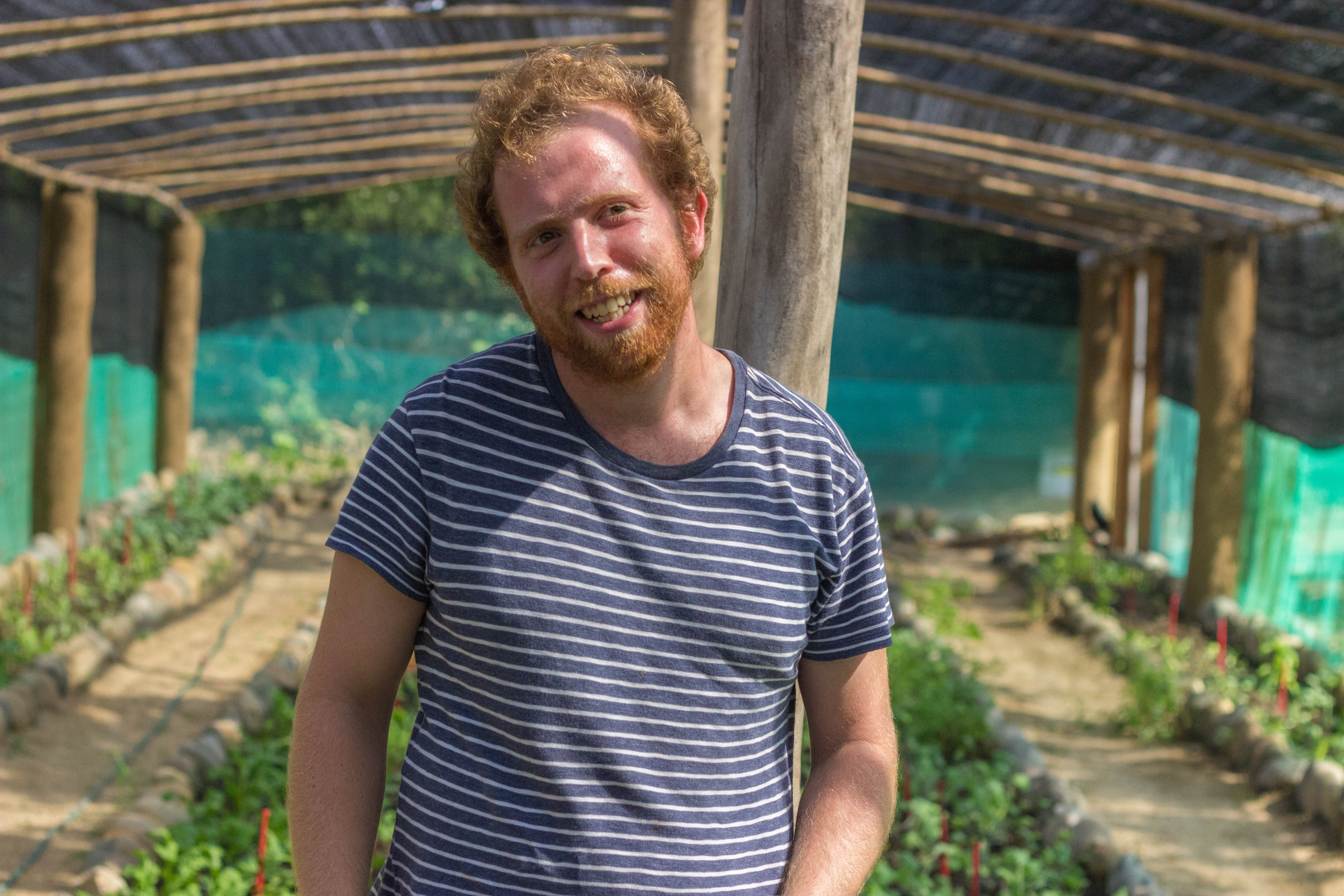 Where are you from and what were you doing before you arrived?
Where are you from and what were you doing before you arrived?
I’ve been living in New York City for the last 8 or so years and before then Baltimore. Before Playa Viva I was working in local food systems, helping to connect low income communities around the country to affordable and locally grown fresh fruits and vegetables. Otherwise I spent my days biking around the city and lamping in parks.
How did you find out about Playa Viva?
Me and my girlfriend Sarah found Playa Viva via WWOOF.
Why did you decide to volunteer?
We decided to come for all of the reasons: its social and environmental mission, its location in the beautiful Costa Grande region of Mexico, the opportunity to learn basic farming and gardening skills, and possibly the biggest reason of all: to freshen up our Spanish.
What are you working on at Playa Viva?
At Playa Viva I work as part of the food production team with Abel & Güero, cleaning garden beds, harvesting greens, turning compost, and representing Playa Viva at the weekly farmers market in Zihuatanejo. Additionally I am working with the organizers of that market to run a couple workshops intended to increase the capacity of their market and reach new local customers. This is work that I’ve done in the United States and wanted to share with the community here.
What has been the highlight of your experience so far?
My favorite part of the day is the starry-skied ride to work everyday in the brisk morning on the back of a pick up. Drinking coffee with the sunrise and watching the mist disappear from the water is a great way to begin a day of work.
Sarah Labriola, USA
Service: Nov 1-Dec 15
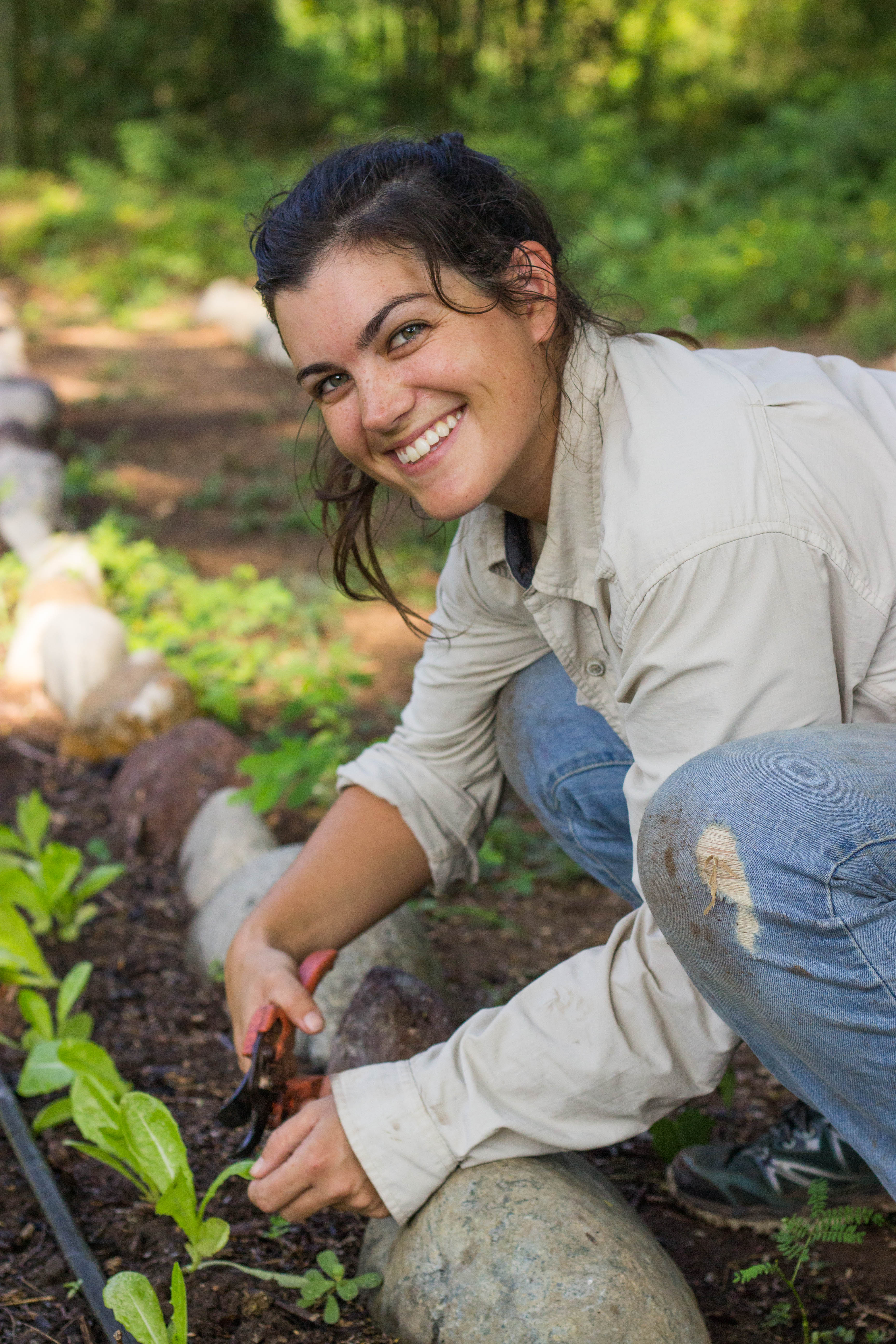
Where are you from and what were you doing before you arrived?
I’m originally from Los Angeles but have been living in New York where I worked for the NYC Parks Department.
How did you find out about Playa Viva?
I found out about Playa Viva through the website WWOOF
Why did you decide to volunteer?
I decided to volunteer because I wanted to learn how to grow food and work on my Spanish. I chose to apply to Playa Viva because the volunteer program seemed more structured and dynamic than others.
What are you working on at Playa Viva?
I have been working on the food production team on the farm as well as helping out in the kitchen.
What has been the highlight of your experience so far?
The highlights for me have been watching the sunrise every morning and jumping in the ocean after a hot day on the farm!
Tristan Borrensen, Denmark
Service: Nov 15 – Jan 1(?)
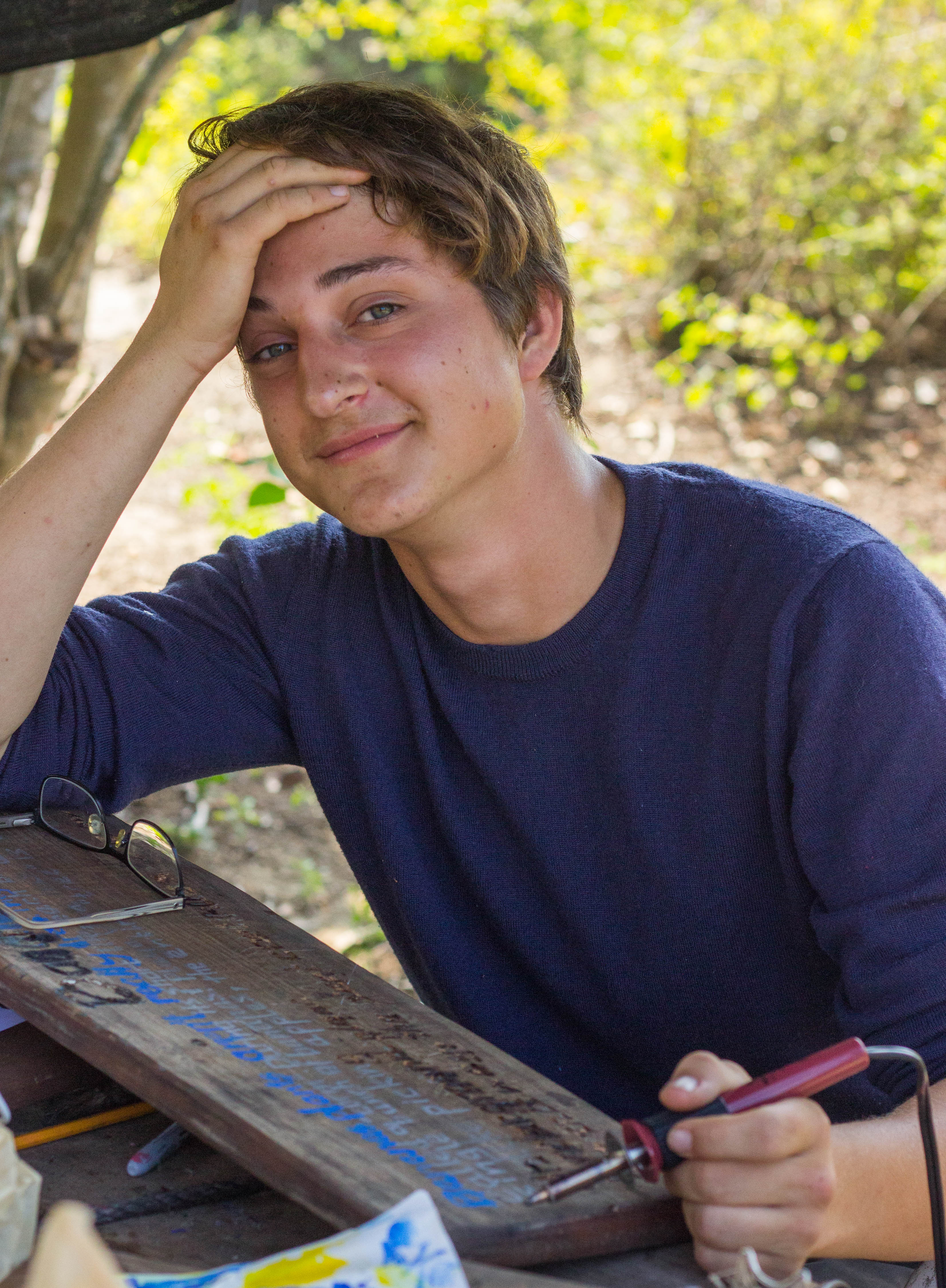 Where are you from and what were you doing before you arrived?
Where are you from and what were you doing before you arrived?
I am from Copenhagen, Denmark and I used to be tour guide around in the Copenhagen canals.
How did you find out about Playa Viva?
By the Mexican WWOOF list
Why did you decide to volunteer?
I have done WWOOFing before in Chile and I desired having more experience in farming and agriculture, improving my Spanish and also learn more about real Mexican rural culture.
What are you working on at Playa Viva?
Currently, I am working on the trails signs. The signs need to be engraved, painted and polished so hopefully they can lead and teach the guests about this wonderful area of Playa Viva for many years.
What has been the highlight of your experience so far?
The first week I was “chaponando”, in other words, cutting weeds and maintaining the trails with a machete. It was pretty hard – but as a true ranchero or “charro” I held on too tight – consequently, I got a bunch of “bulas” on my hands. Secondly, I have repaired and sowed the tent of the turtle sanctuary, which a famous Youtuber has captured and used in his film about Playa Viva. I’ve been training the little kids of Juluchuca in football and also play with the adult Juluchuca team. I’ve been to a quinceañera and have been enjoying some beers with the locals Saturday nights. I have met a lot of great people and the delicious food here abounds and astonishes your eyes.
Johanna Ledermann, Germany
Service: Nov 30-Dec 30
Where are you from and what were you doing before you arrived?
I’m from Leipzig, Germany. Before I arrived I was finishing my BA in cultural studies with a thesis focusing on sociology of food and agriculture, working on a biodynamic farm and volunteering in theater and film festivals.
How did you find out about Playa Viva?
I found out through a random search looking for farms to work at in Mexico.
Why did you decide to volunteer?
I was interested in learning more about the flora in Mexico and how organic agriculture is carried out in the context of supplying a hotel. I wanted to work with locals since they are a lot more knowledgeable than many expats starting farms in Mexico and playa viva is facilitating this exchange.
What are you working on at Playa Viva?
Since I’m interested in the whole cycle of food I am working in the production team and in the kitchen. I will happily share my skills in permaculture aligned with the vision of playa viva.
What has been the highlight of your experience so far?
Since I haven’t been here for a long time it’s hard to already identify a highlight, though it was and is definitely amazing to get to see so many different plants I only knew from pictures out in the terrain of Playa Viva.
Mercedes Falk, USA
Service: Dec 1-Dec 30
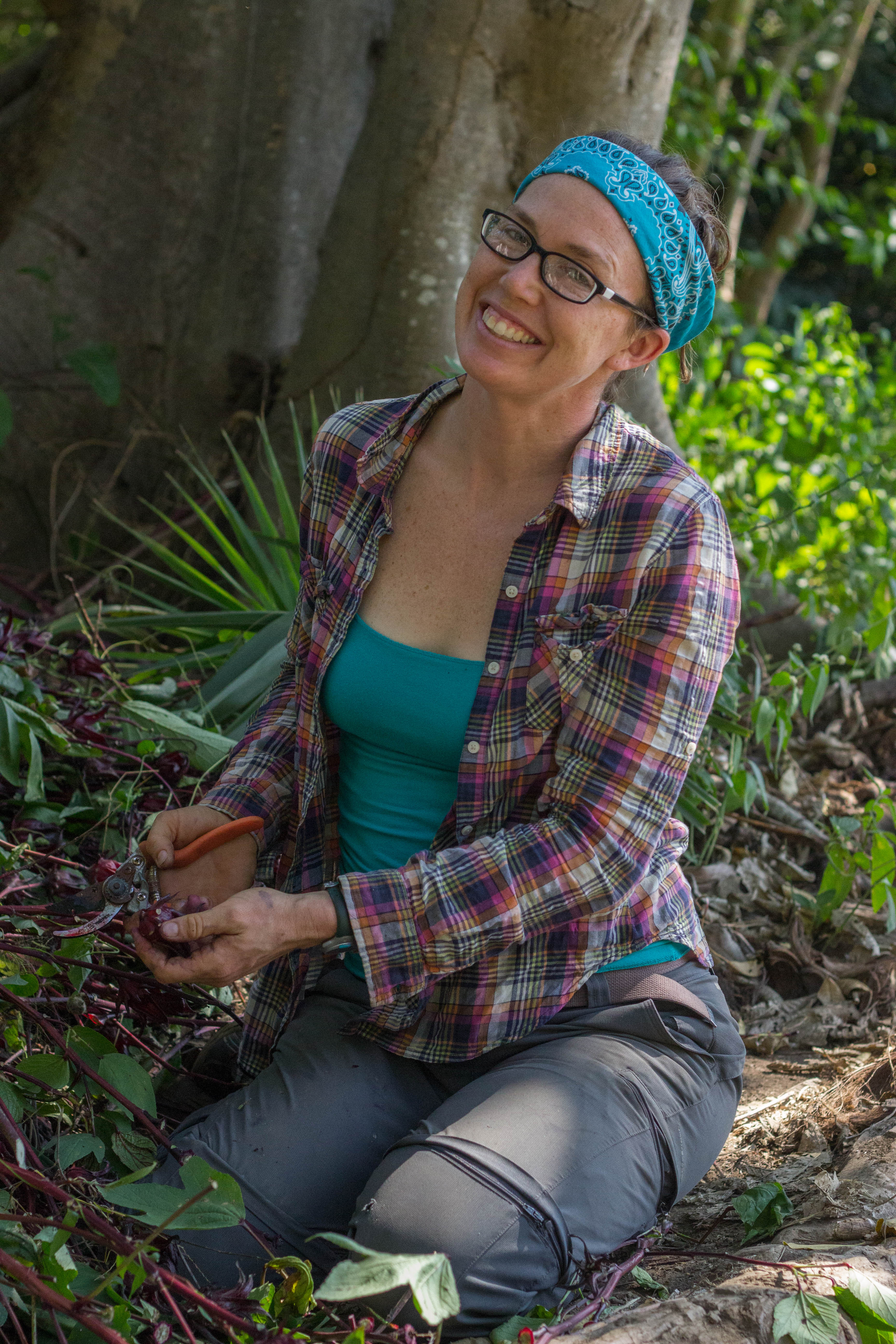 Where are you from and what were you doing before you arrived?
Where are you from and what were you doing before you arrived?
I am from Wisconsin and I was working on a small farm helping produce vegetables and manage food processing in the certified kitchen on site there.
How did you find out about Playa Viva?
I met Melissa, the Volunteer Coordinator, a year and a half ago in Belize and subsequently found out about volunteer opportunities at PV via her awesome posts!
Why did you decide to volunteer?
I decided to volunteer because I had plans to come to Mexico to improve my Spanish speaking skills and I love working with food so much that I wanted to combine my desire for bettering my Spanish with a hands-on volunteer experience on a farm.
What are you working on at Playa Viva?
I am working on the food production team and I will be working in the kitchen. Growing food and seeing it from start to finish is one of my favorite things to do so being on both of these teams seems like the perfect, full-circle experience.
What has been the highlight of your experience so far?
Besides staying in Juluchuca and seeing all the pigs and chickens that are freely integrated into the town life, the highlight of my experience so far (all two days of it!) has been how friendly the staff has been in welcoming me and having patience with my gringo Spanish skills.
If you’re interested in volunteering, please contact our Volunteer Coordinator, Melissa, at volunteer@playaviva.com.

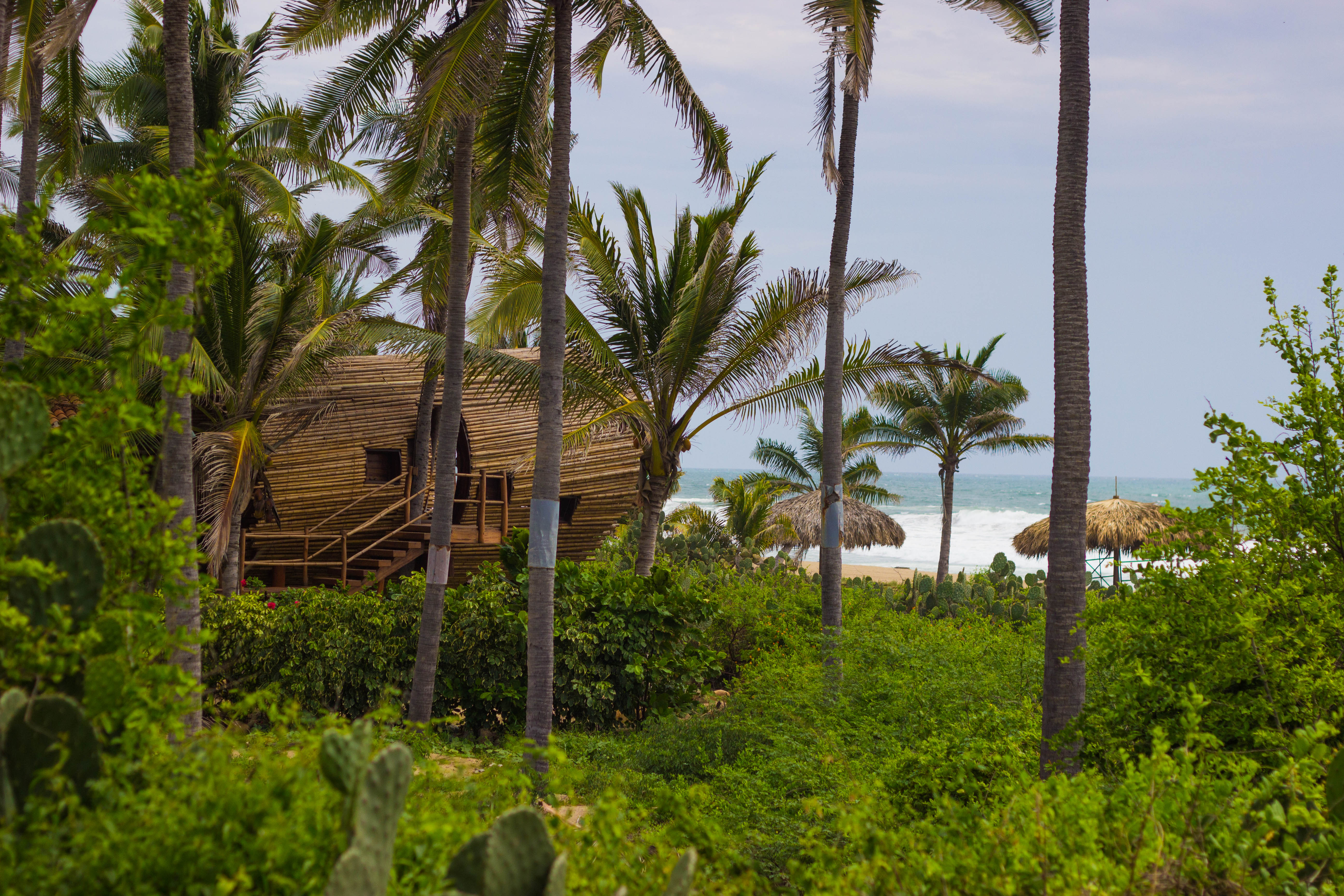


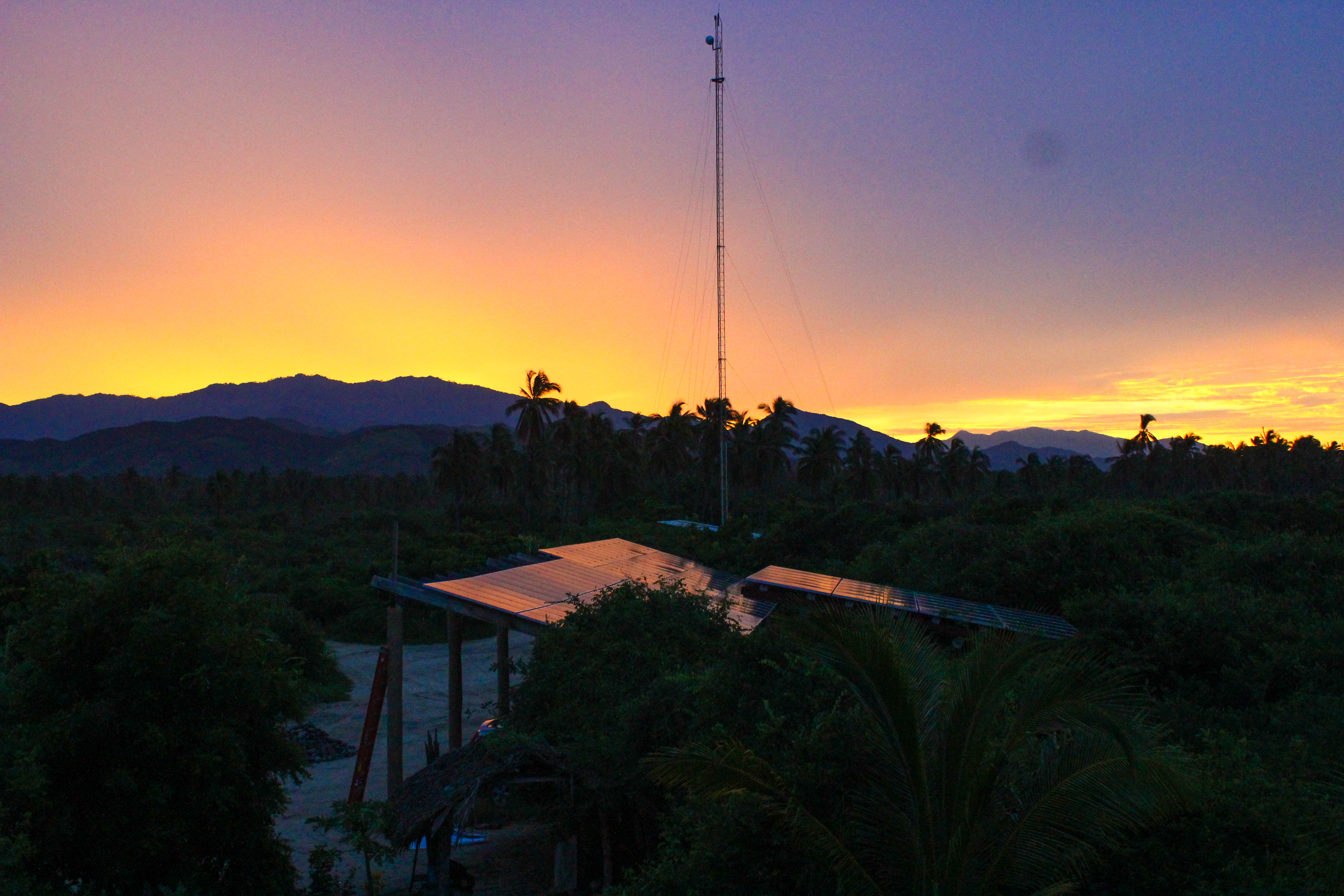
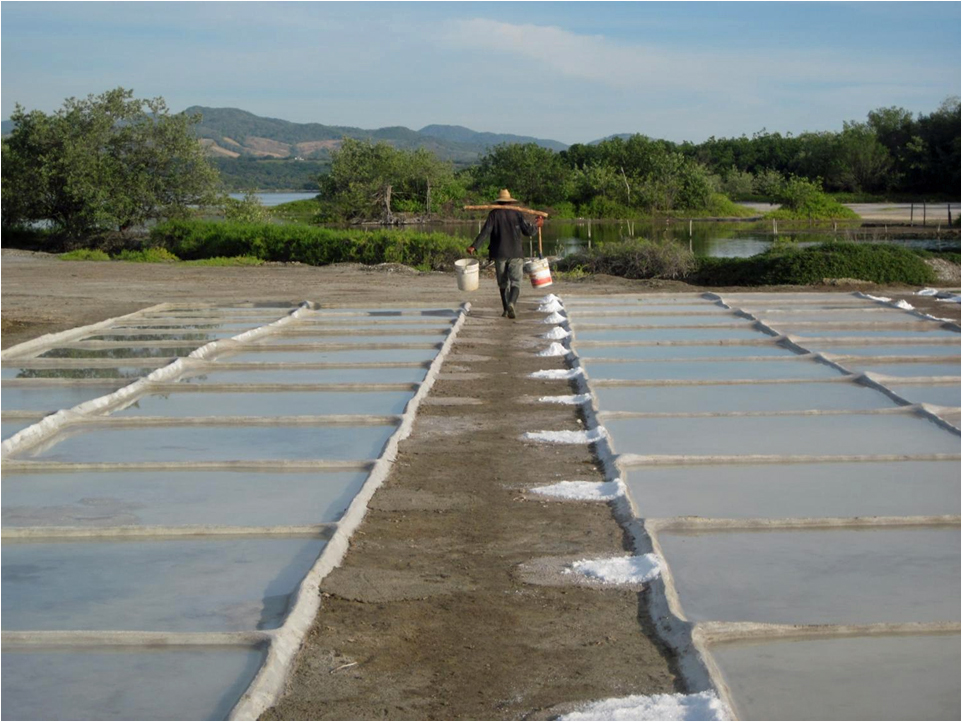 In an article by
In an article by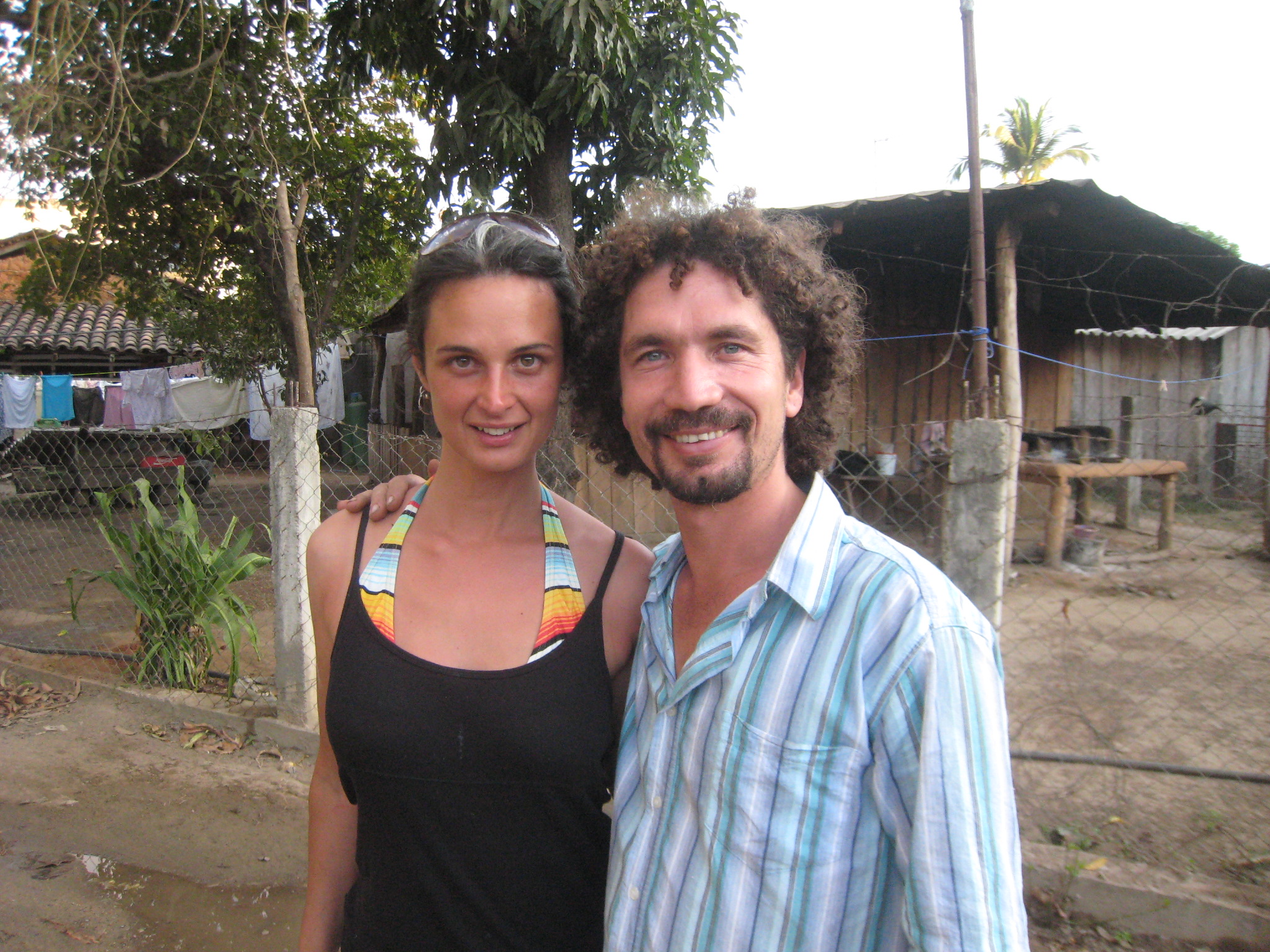
 We, at Playa Viva, have developed a motto over the years — “Where Your Vacation Meets Your Values.” We know we are not perfect and much of what we do is aspirational at best. So when you look to make your vacation choice, we hope your vacation investment looks deeply at your vacation decisions. We ask that you engage with your vacation choice, hopefully it is with us, about your values to make sure we are in alignment. Sure, I cringe every time I look under the bar and find a few cans of Coca-cola products. But they are under the bar, specifically for those customers who just can’t live without their fix. While on top of the counter is always a glass “jarra” full of Aguas Frescas, fresh water/juices, made with locally harvested fruits.
We, at Playa Viva, have developed a motto over the years — “Where Your Vacation Meets Your Values.” We know we are not perfect and much of what we do is aspirational at best. So when you look to make your vacation choice, we hope your vacation investment looks deeply at your vacation decisions. We ask that you engage with your vacation choice, hopefully it is with us, about your values to make sure we are in alignment. Sure, I cringe every time I look under the bar and find a few cans of Coca-cola products. But they are under the bar, specifically for those customers who just can’t live without their fix. While on top of the counter is always a glass “jarra” full of Aguas Frescas, fresh water/juices, made with locally harvested fruits.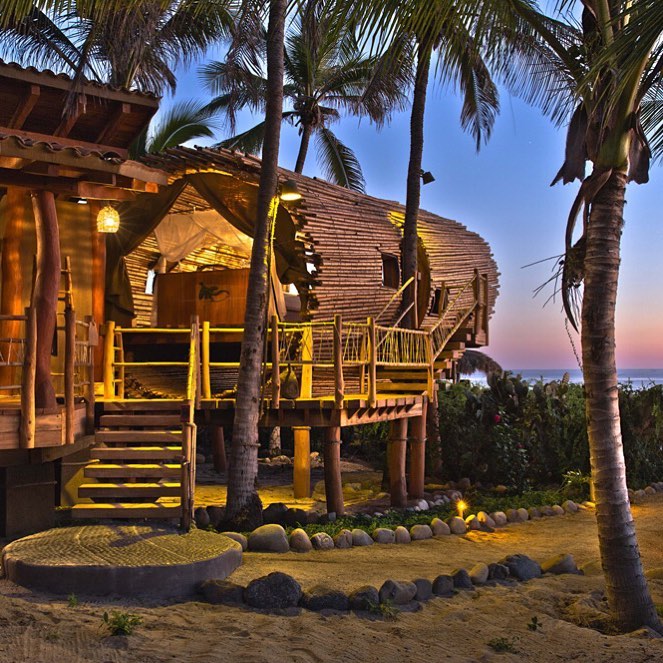
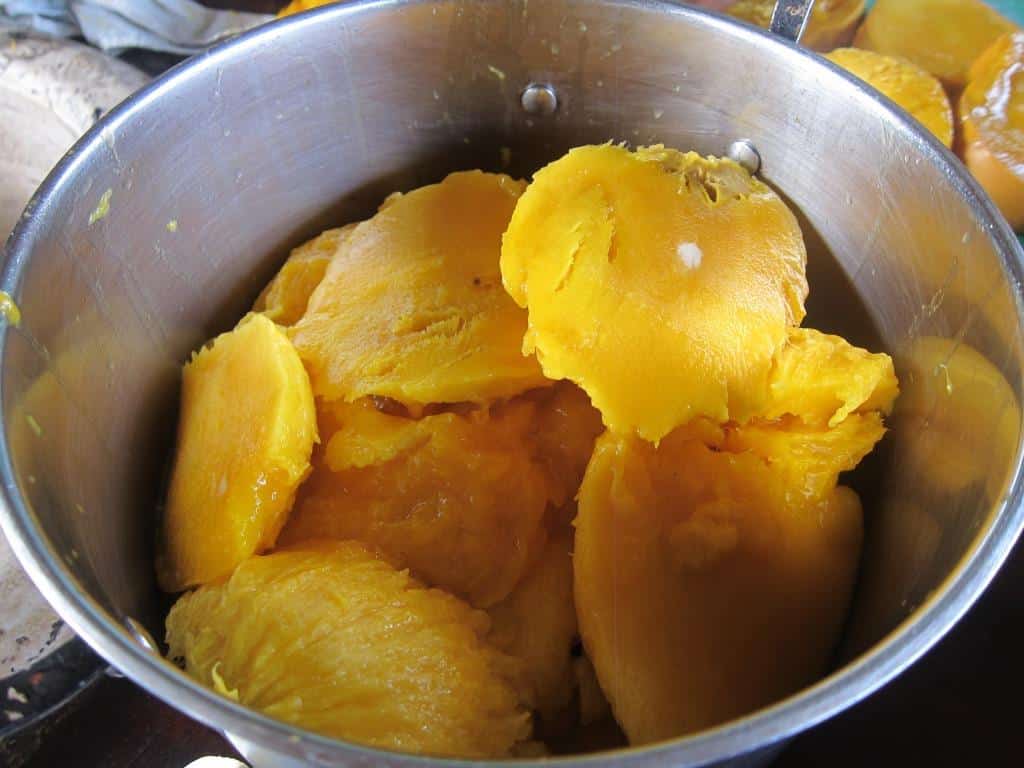 Ernesto Leon Sandoval, more commonly known by his nickname, Pato, lead a workshop at Playa Viva recently that included dehydration, chutney and frozen puree as methods to preserve excess mangos harvested at Playa Viva. See photos below along with the comments, in Spanish, from Julia. As sustainable and regenerative hoteliers, the best part of this entire process was the news at the end of Julia’s comments, that even though the process of dehydrating fruit was new to the staff, they were so excited by this workshop that they are want to take this process home and apply it to the excess fruit on their land.
Ernesto Leon Sandoval, more commonly known by his nickname, Pato, lead a workshop at Playa Viva recently that included dehydration, chutney and frozen puree as methods to preserve excess mangos harvested at Playa Viva. See photos below along with the comments, in Spanish, from Julia. As sustainable and regenerative hoteliers, the best part of this entire process was the news at the end of Julia’s comments, that even though the process of dehydrating fruit was new to the staff, they were so excited by this workshop that they are want to take this process home and apply it to the excess fruit on their land.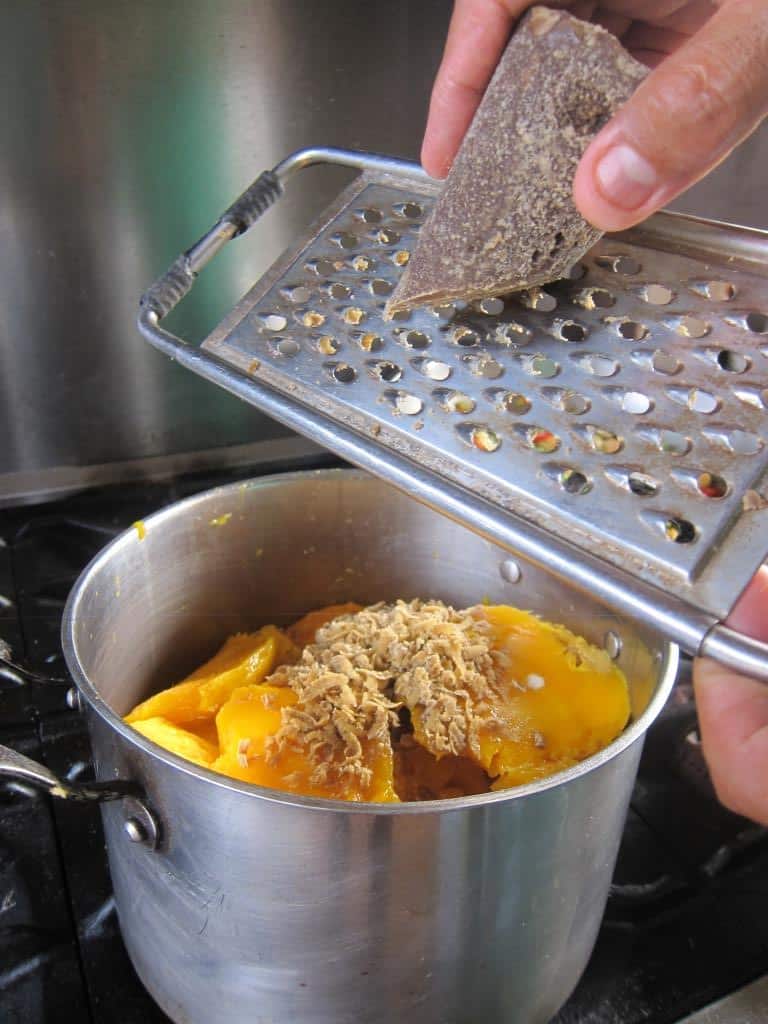 2 barras de piloncillo rallado – 2 Bars of grated piloncillo (brown sugar bars which can be purchased in a Mexican food store)
2 barras de piloncillo rallado – 2 Bars of grated piloncillo (brown sugar bars which can be purchased in a Mexican food store)